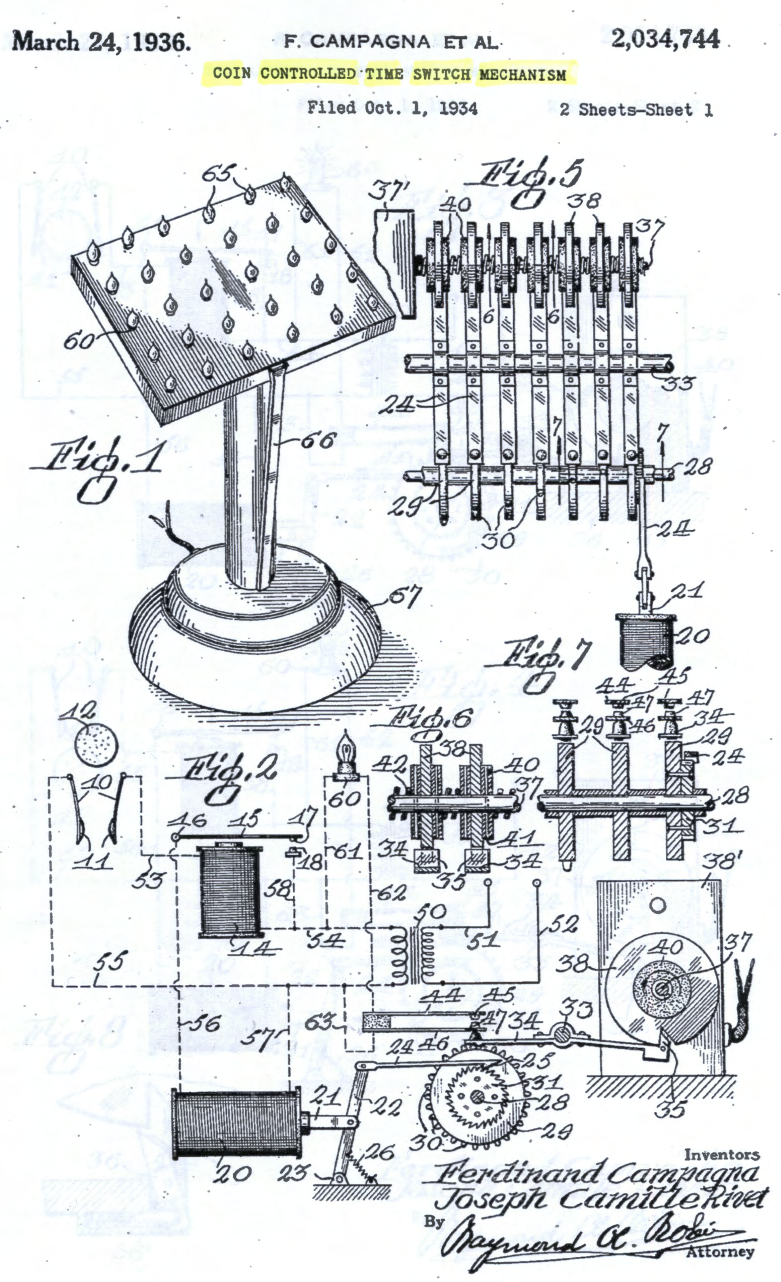 During the elective course “Religion in Contemporary Russia” at the Higher School of Economics in St. Petersburg, undergraduate students discuss the relevance of various classic definitions of religion. Then they are asked to speculate about “minimal religion” in Russian society. The stories about meetings with the sacred which they tell are usually about dead relatives who visited them or members of their kin in a dream shortly after their death. Typically, these dreams are interpreted by the family as an alarming message from the deceased who feels neglected and wants to communicate. As a result, the dreamer goes to church to do her minimal religious work, that is, to light a candle.
During the elective course “Religion in Contemporary Russia” at the Higher School of Economics in St. Petersburg, undergraduate students discuss the relevance of various classic definitions of religion. Then they are asked to speculate about “minimal religion” in Russian society. The stories about meetings with the sacred which they tell are usually about dead relatives who visited them or members of their kin in a dream shortly after their death. Typically, these dreams are interpreted by the family as an alarming message from the deceased who feels neglected and wants to communicate. As a result, the dreamer goes to church to do her minimal religious work, that is, to light a candle.
In a minimalistic variant of Orthodox Christianity shared by many Russians, lighting a candle means engaging in prayer. In this silent act, the church candle becomes not just a material instrument of communication between the believer and a sacred world; instead, the candle becomes a metaphor for the believer herself and her unsaid prayer.
At the end of the Higher School of Economics’s course the students are invited to a small field trip to a chapel of the popular Saint Xenia the Blessed (or the Holy Fool) of St. Petersburg. Many urban people of different ages and social backgrounds come to ask the saint’s help in their everyday affairs. Only a few of the pilgrims are praying with words, by reading the akathist hymn to the saint, from printed booklets; but everyone is praying with things. The most typical way to send a message to the saint is to write her a letter on a piece of paper, roll it up or fold it to minimize its size and then put this small object into a crack in the chapel wall. Though criticized and even prohibited by the local clergy, this practice flourishes, as it gives to the pilgrims an idea of direct and personal communication with the saint.


